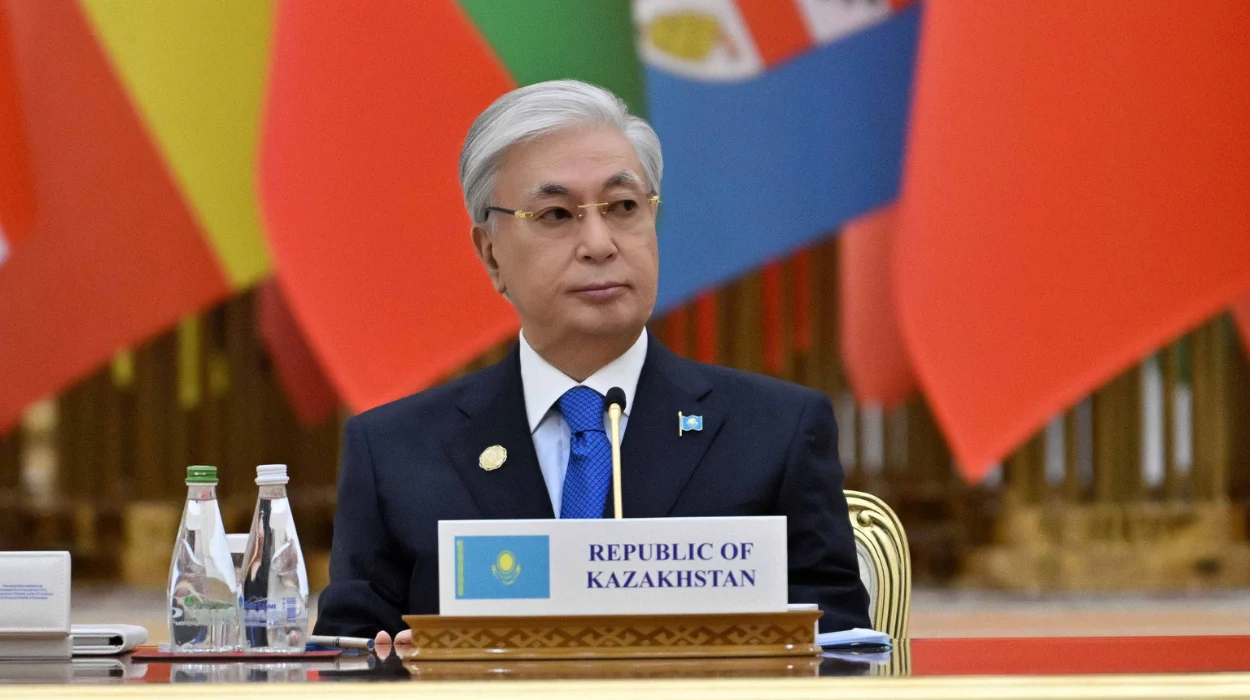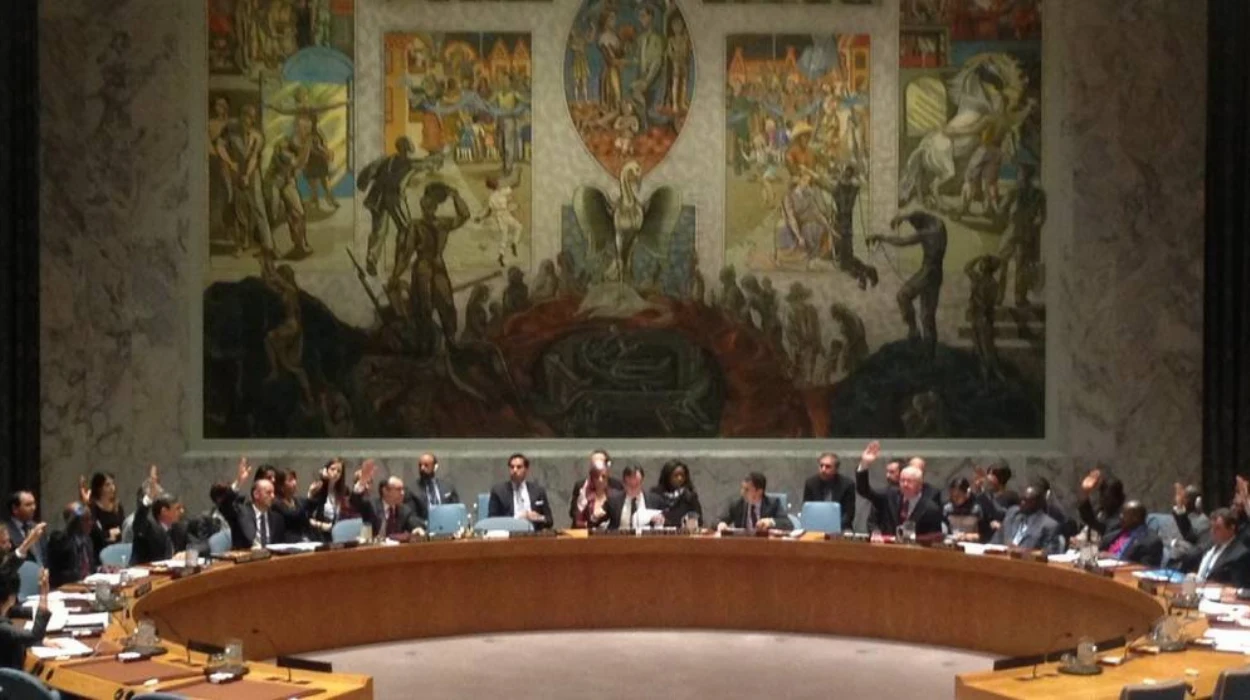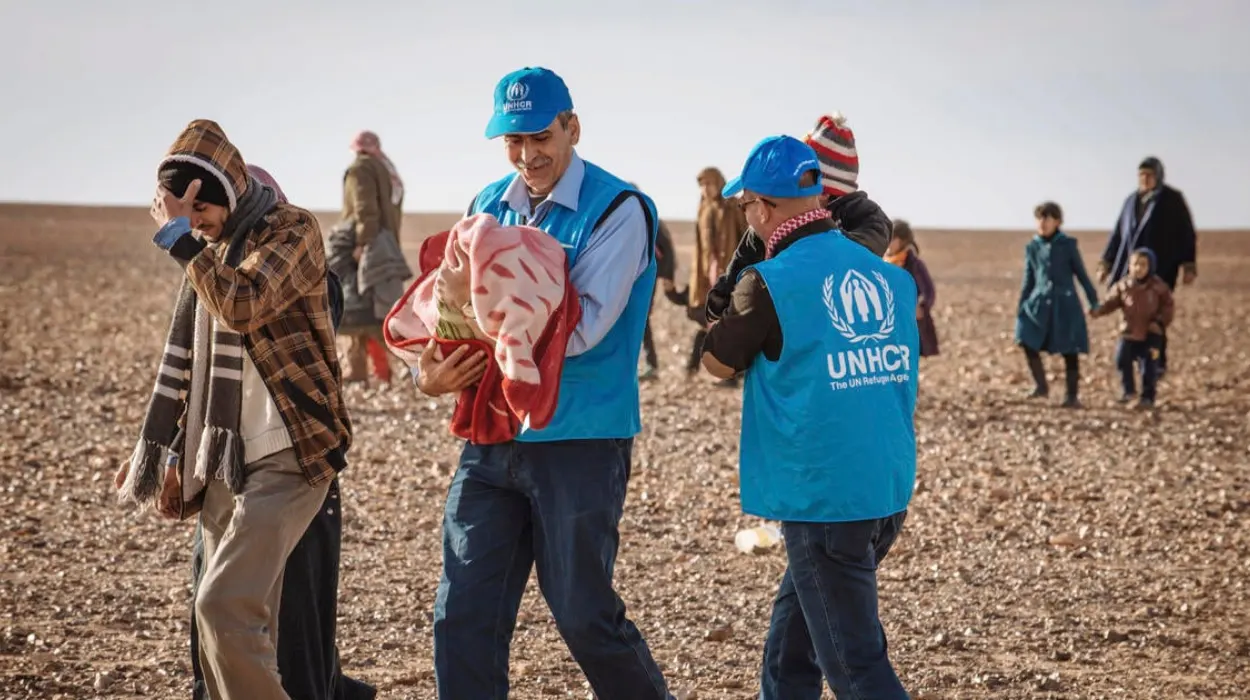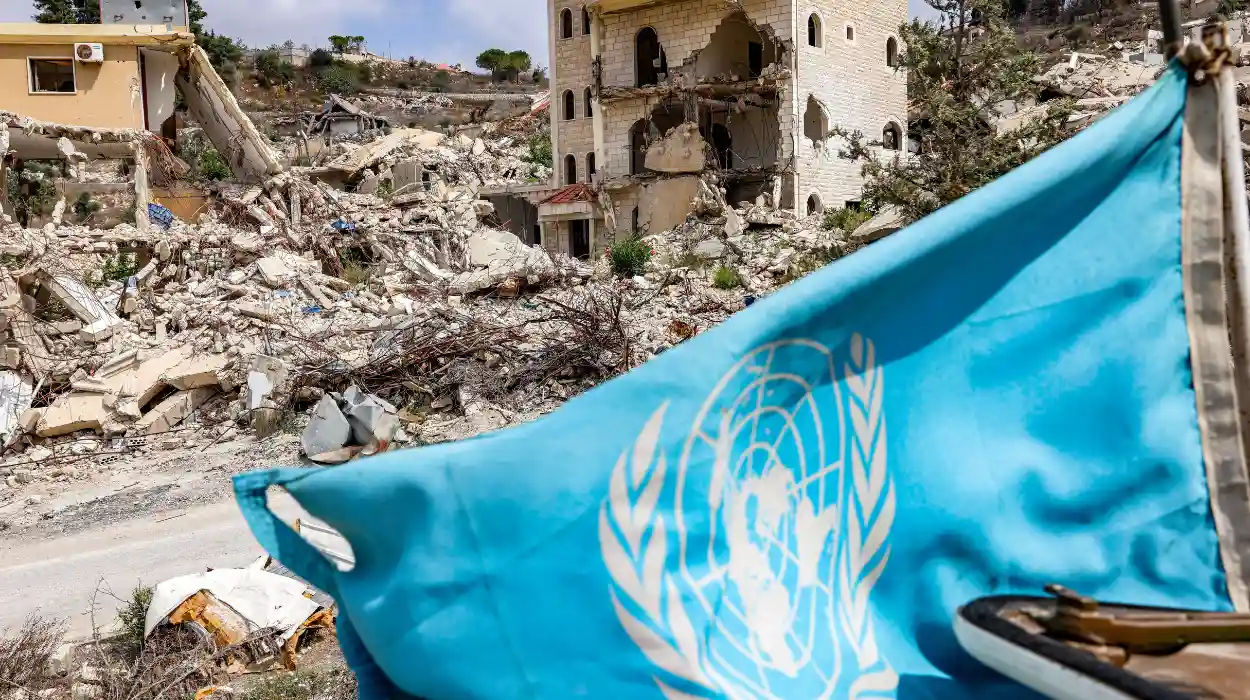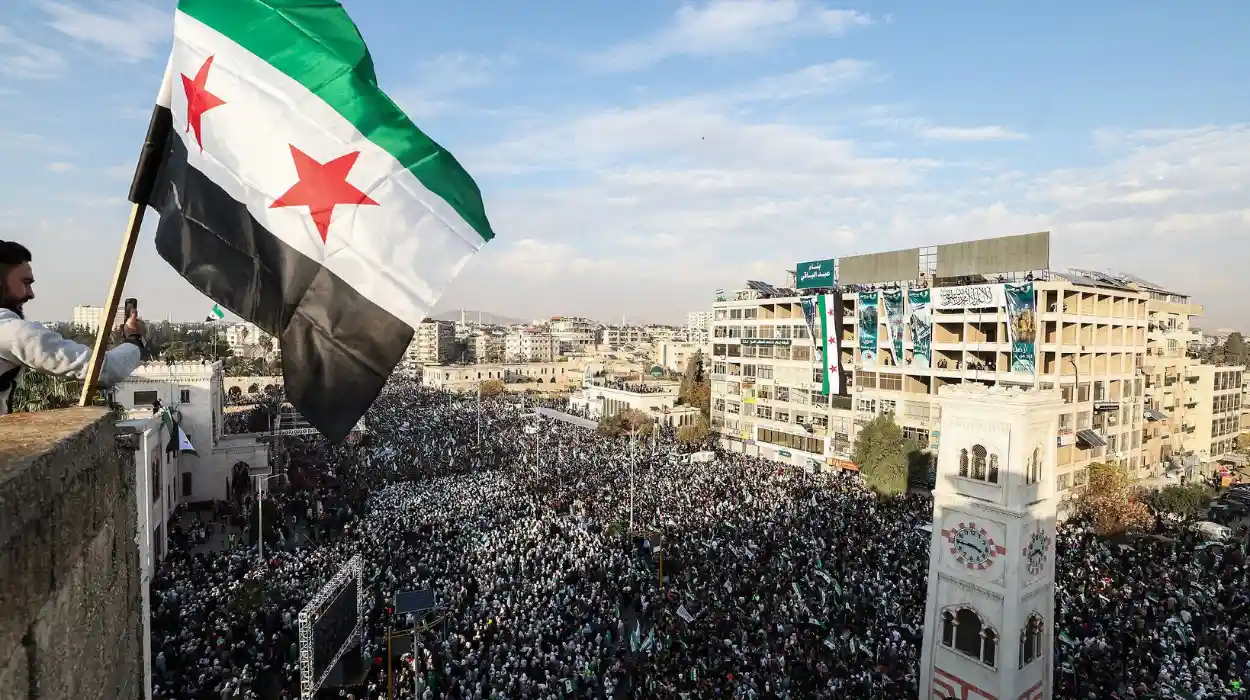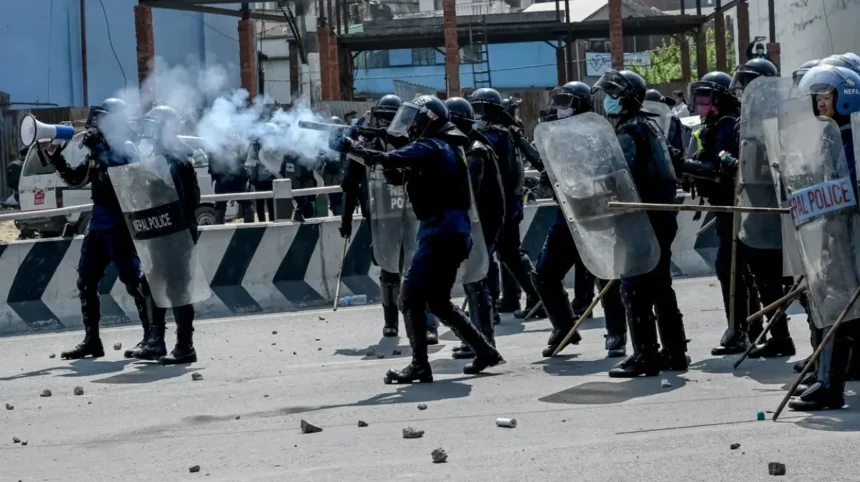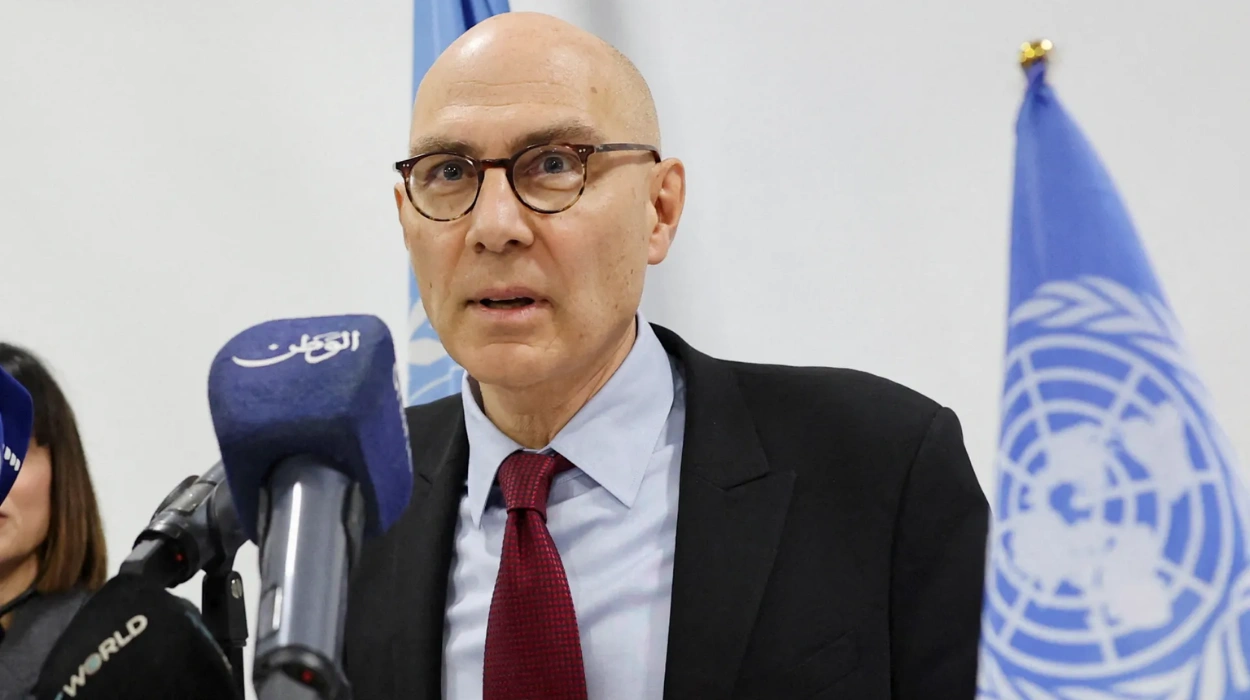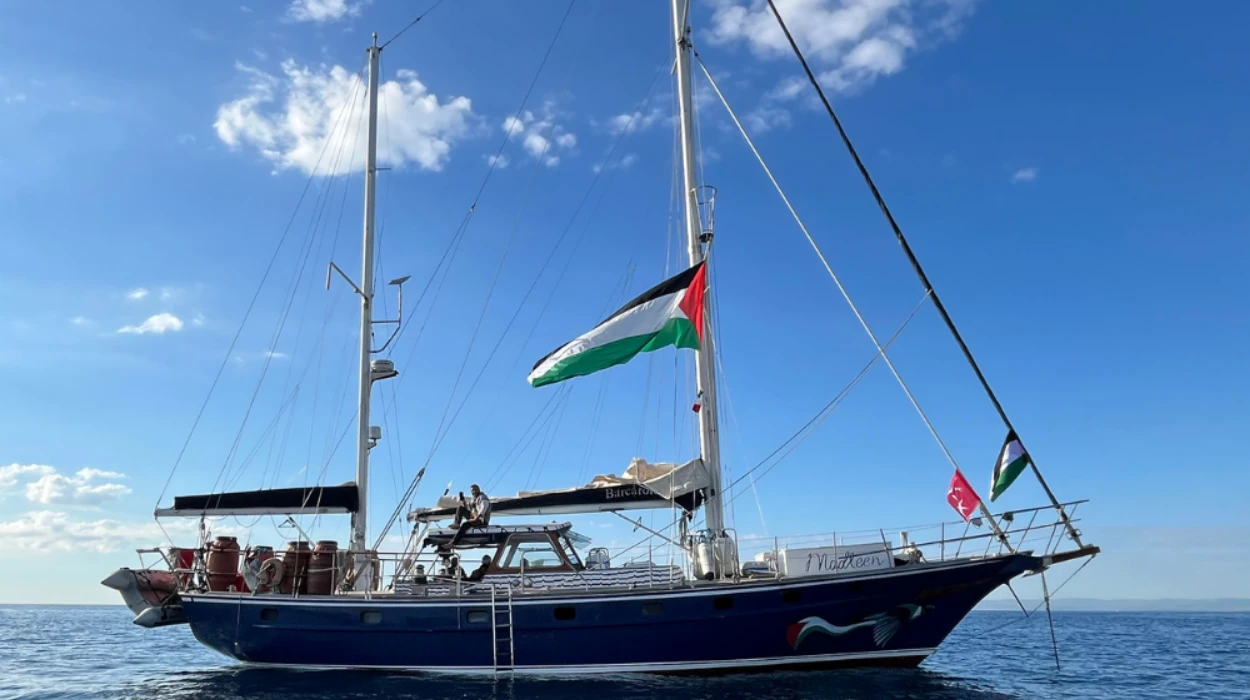The United Nations is intervening into the political instability that is plaguing Nepal with uncontrolled violent demonstrations rocking the government over the abrupt social media ban. At least 19 confirmed dead and more than 300 injured, the riots have deteriorated into one of the deadliest incidents in Nepal in more than 10 years. The UN officials are requesting moderation, openness, and peaceful discussions highlighting that they will uphold democratic principles and guard civilians in a time of extreme instability.
The Nepal turmoil and its difficulties underscores the issue of controlling online platforms, as well as the instability of democracy in the digital society. Involvement by the UN can provide a balancing effect, yet the stakes are high.
The Scale And Impact Of The Protests
The demonstrations which started as a cry of censorship have been transformed into a wider campaign against political dysfunction. The magnitude of movement and the severity of violence is an indicator of an underlying dissatisfaction among the younger generation and the civil society in Nepal.
The Social Media Ban And Youth Mobilization
The blanket ban on key social sites, such as Facebook, X, YouTube, and WhatsApp in Nepal caused mass mobilization, which was mainly among the Generation Z activists.
The governments used the excuse of national security and the control of misinformation as the reasons to require the registration of the platforms with state agencies. Nonetheless, its sudden implementation, without a popularizing campaign, seemed to be an authoritarian gesture to stifle opposition. Many thousands of protesters, the majority aged below 30, flooded Kathmandu and other urban areas to call on the ban to be lifted.
To a generation of offline education, activists, and expression, the shutdown was a life-sustaining blow to the digital realm. The demonstrations intensified following the use of violence to clear out protesters and it resulted in riotous situations and allegations of random crackdowns.
Casualties, Security Crackdowns, And Civil Unrest
There are 19 deaths across the violence, and hundreds of injuries against the protesters as well as the security forces.
The police and paramilitary forces were used to introduce emergency curfews. Extensive use of tear gas and rubber bullets was made. Some hospitals said that they treated casualties of chemical exposure inside the hospital. States of emergency have been declared by the government in some districts and the governments of regions have been worried about overreach and mismanagement.
Now the demands of the protesters have expanded to include the resignation of key officials, an end to corruption and further elections which has worsened the political crisis.
The UN’s Role And Response
The United Nations has taken up a forefront position in preaching restraint and dialogue as the tensions continue to rise. Their intervention would be to set the crisis in the direction of negotiation and not to confront the crisis any more.
Advocacy For Rights And Restraint
The violence is so atypical of Nepal, UN Resident Coordinator Hanaa Singer-Hamdy said, and demanded that it be de-escalated and that international human rights standards be honored.
She insisted on openness and fair investigation of the use of excessive force. The main point made by the UN has been to enforce the rule of law as well as to respect the freedoms of the citizens, particularly when holding demonstrations in the streets. The agency has further promised to collaborate with institutions in Nepal in order to offer humanitarian assistance to the crisis victims.
The UN promotes the creation of an institutional dialogue platform between the civil society, protest leaders, and government officials. It is also perceived that this structure can carry short term stability and long term democratic reform.
Humanitarian Coordination And Legal Oversight
Besides the mediation effort, the UN is already in a preparatory mode to provide medical services and humanitarian logistics.
Closures and curfews have disrupted medical supply chains. The humanitarian wing of the UN has also indicated that they are willing to send the teams once things become worse. The country team of the UN legal advisors is also liaising with Nepal National Human Rights Commission to make sure that in arrests and trial of detainees, their rights are not violated.
The organization has highlighted how peaceful protest and online speech should not be criminalized as far as the heavy-handed manner may exacerbate instability.
Navigating The Political Turbulence
In addition to emergency response, the UN is also concerned with long-term reforms to resolve systemic factors of upheaval. These are anti-corruption demands, demands on youth representation and demands on media freedoms.
Facilitating Mediation And Structural Reform
The UN is attempting to bring on board divided political units and the revitalized protest movement to regain the confidence of the people in institutions.
There are attempts to forge a consensus on governance reforms that would respond to the grievances of the population. The UN is using its status to act as a neutral to negotiate initial deals on an independent electoral review and electronic policy task force that would engage civil society and youth stakeholders.
Having appreciated the democratic benefits achieved by Nepal since the peace process of 2006, UN representatives issued warnings against retrogressive policies that could roll back gains achieved by the freedoms. The foreign aid could depend on the manner in which Nepal manages the prevailing crisis.
Regional Dimensions And Geopolitical Implications
The geopolitical situation of Nepal due to its closeness to India and China renders its domestic conflict sensitive.
The Indian Ministry of External Affairs has given a statement to resolve peacefully, and unofficially, a cross-border security alert is being reported. China has been silent to a great extent but repeated the policy of non-interference. The UN has coded the essence of not external interference in the domestic conflict of Nepal but focusing on the sovereignty and stability in the region.
This individual has commented on the issue, overarching the humanitarian and political intricacies Nepal is going through during the demonstrations:
Challenges And Institutional Fragility
With the involvement of the UN, political courage and institutional reform within Nepal will be required in order to restore stability. The fundamental issues are structural and long term.
Balancing Order And Democratic Freedoms
The balance between law enforcement and civil rights is also in question with reference to the central government.
Security agencies are accused of not responding in a proportional manner to protests. Legal observers have pointed to anomalies in the observance of the law in following the arrest procedures and were concerned about the reports of detained protesters being detained without charge.
Unless the government can rebalance its response, the international organizations might think of formal investigations or penalties. The equilibrium between order and rights will become one of the tests of the democratic maturity of Nepal.
Restoring Trust Amid Generational Disillusionment
To a number of young Nepalese, this crisis signifies the end of the road with the political establishment.
The confidence in traditional parties has been destroyed because the stagnation and systemic corruption have resulted in the increasing alienation. The introductions of youth inclusion in the process of making policies and protecting digital rights are likely to be the central themes of UN-supported reforms. The civil society organizations have initiated citizen meetings that are used to prepare proposals to be addressed in the parliament.
The politically evolving next few months may restructure the political course of Nepal, with or without the increase in democratic participation or the embedment of authoritarian inclinations depending on the responses of the leadership.
The UN’s engagement in Nepal’s unrest underscores the expanding role of international institutions in domestic crises shaped by technology, youth activism, and political inertia. As global models of governance are tested by rapid societal shifts, Nepal may become a case study in whether dialogue and multilateral cooperation can contain unrest without eroding democratic freedoms. The path forward remains uncertain but for Nepal, and for the global community watching, it is a moment that demands clarity, accountability, and courage.


